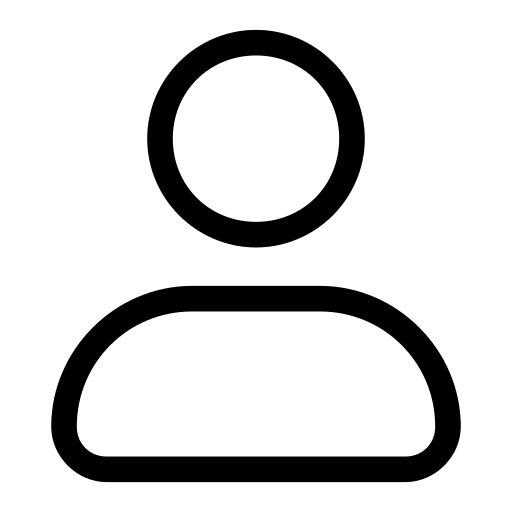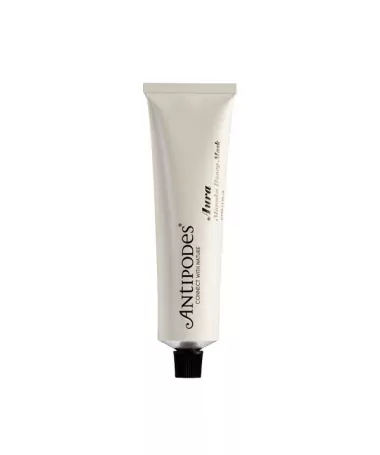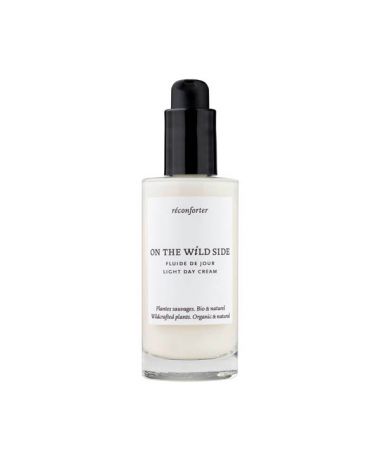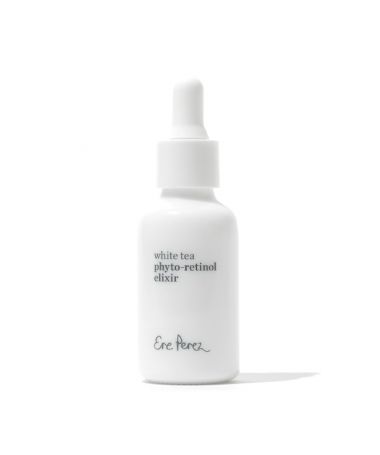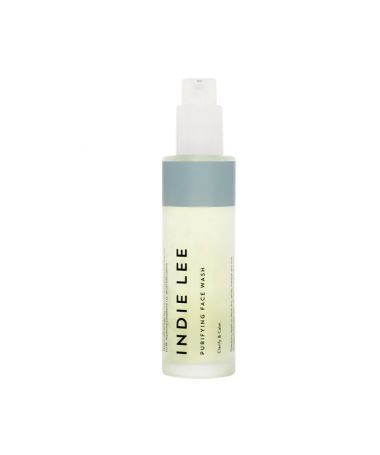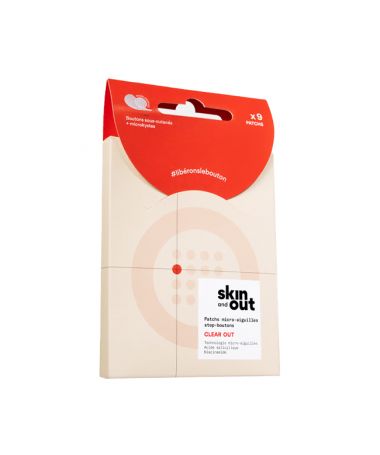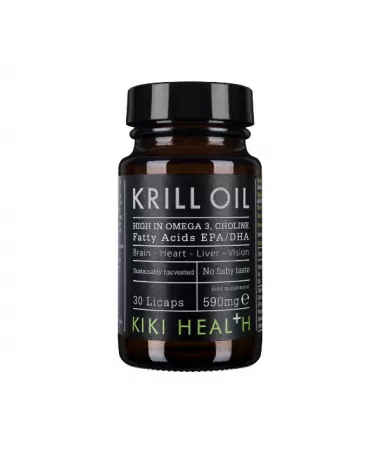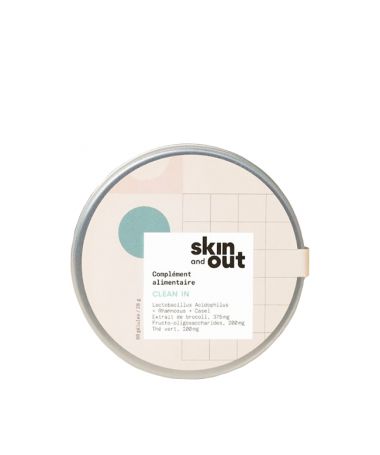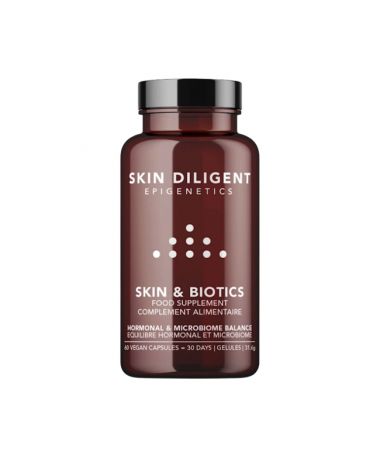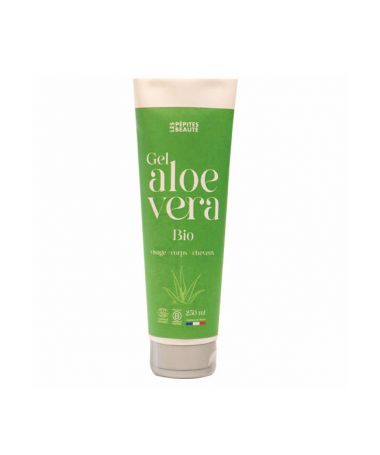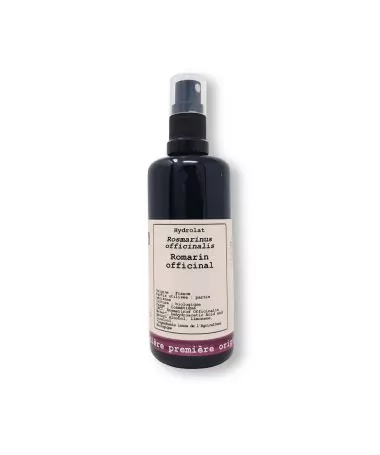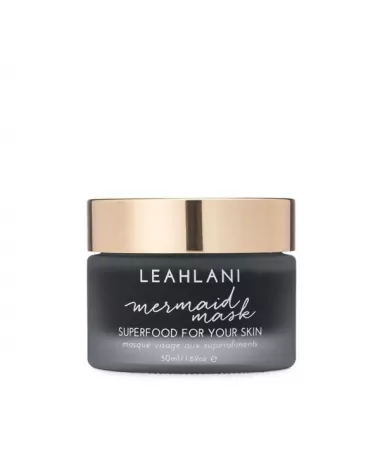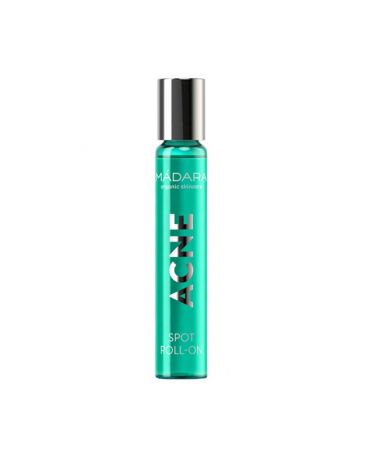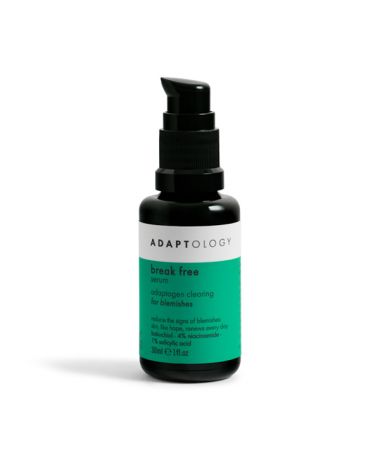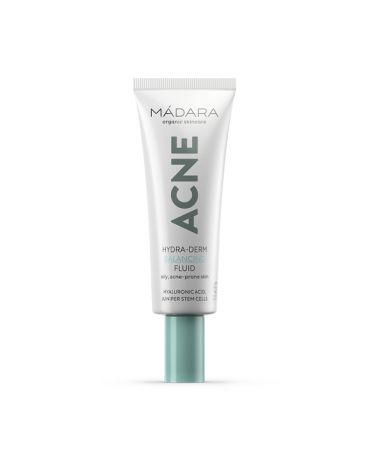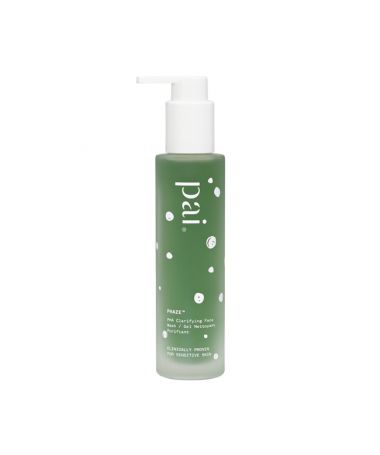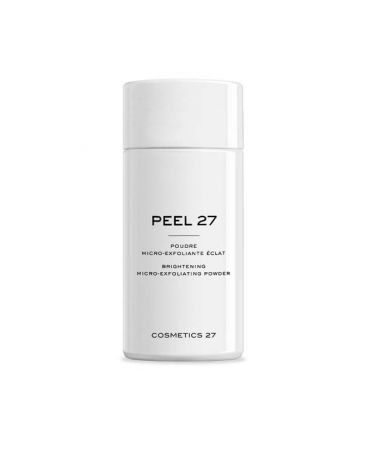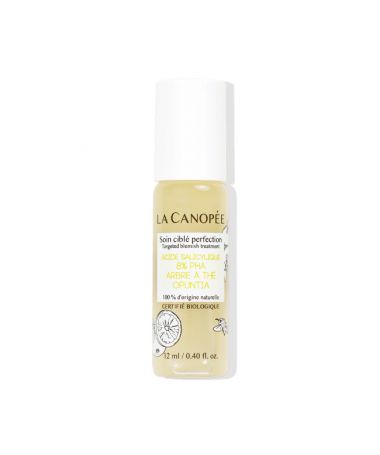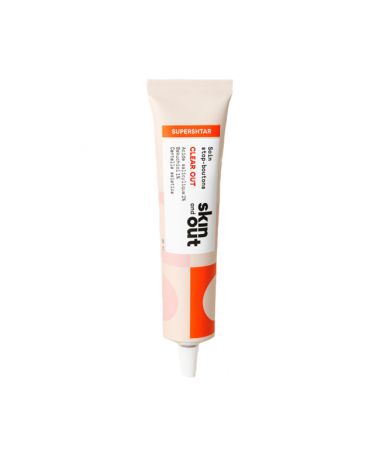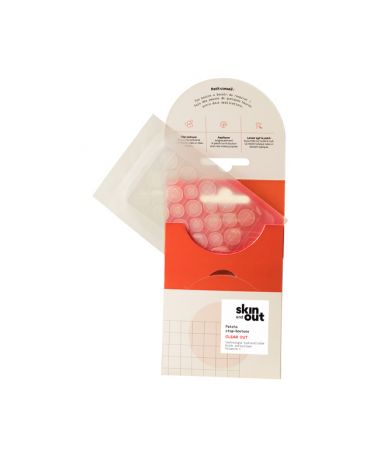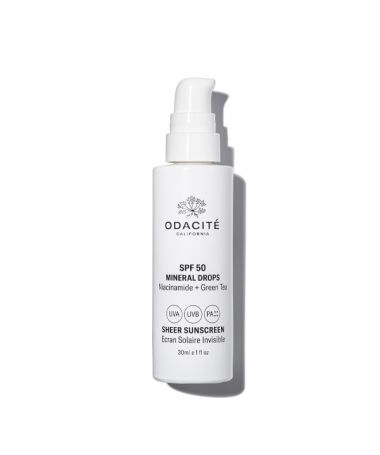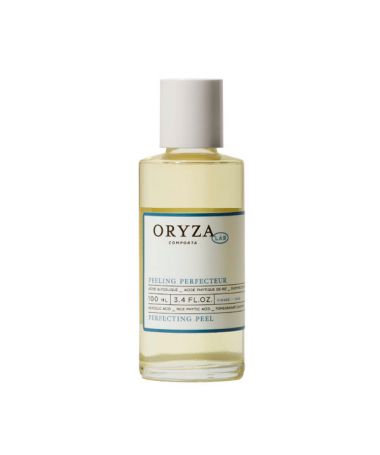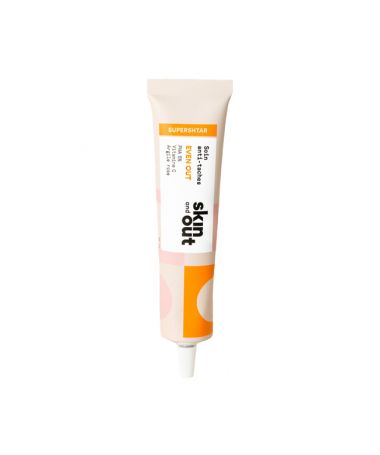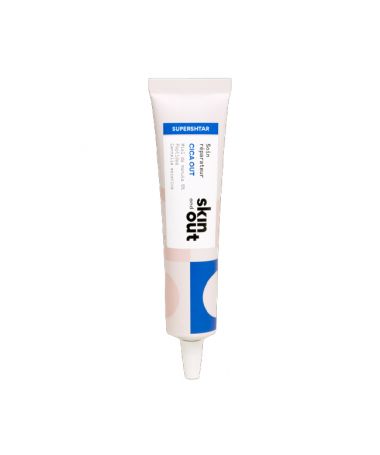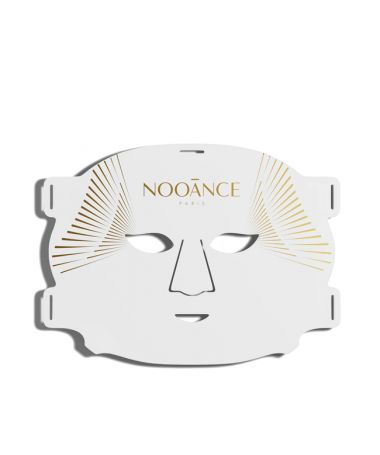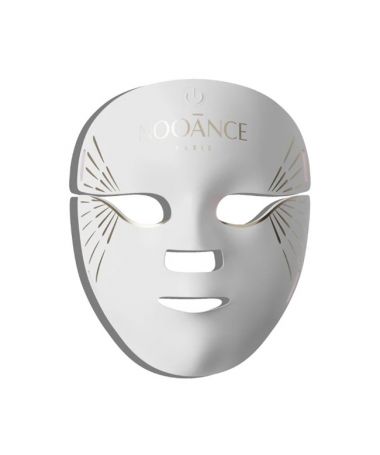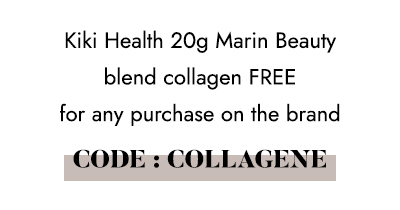Pimples Before Your Period: Causes and Solutions for Hormonal Acne
Many people experience breakouts in the days leading up to their period, leaving skin irritated and sometimes painful.
This type of hormonal acne is more than a cosmetic concern — it reflects natural body fluctuations and an increase in sebum production that occurs at certain points in the menstrual cycle.
Understanding why these period pimples appear and how to address them can help regain control over the skin, reduce flare-ups, and adopt a routine that works.

Why Do Pimples Appear Before a Period?
How hormones affect the skin during the menstrual cycle
Before and during menstruation, the skin is directly influenced by hormones. An increase in certain hormones, such as testosterone, can trigger excess sebum production, leading to clogged pores, inflammation, and breakouts. Overactive sebaceous glands create an oily environment that encourages acne.
Stress, dehydration, or a high-sugar diet can make this worse. Even during sunny seasons, the skin remains sensitive to hormonal fluctuations and environmental stressors.
Period-related breakouts are a normal stage of hormonal life — but with the right habits, their impact can be reduced.
Hormones and Acne: The Link During the Menstrual Cycle
Hormones play a central role in hormonal acne. Elevated testosterone levels stimulate the sebaceous glands, causing oil overproduction and inflammation.
Fluctuating progesterone levels can also contribute to breakouts, especially on the face and neck.
This cyclical hormonal shift explains why many notice acne flare-ups just before their period begins.
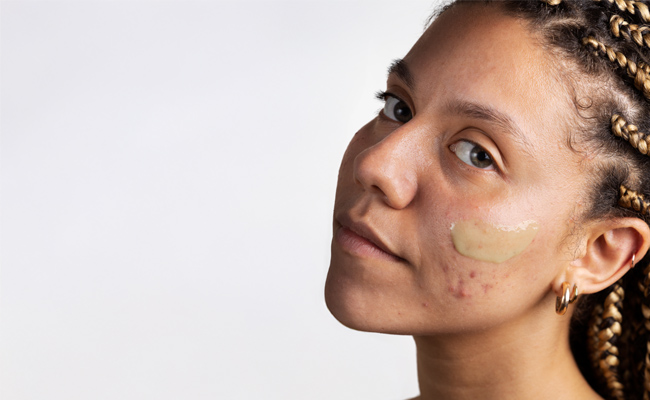
Period Pimples vs. Regular Acne: How to Tell the Difference
Where breakouts usually appear during the cycle
Period pimples often show up on the lower face — the chin, jawline, and around the mouth — while body acne is more common on the back and chest.
Recognizing these patterns helps tailor a skincare routine and choose the most effective products.
Signs of hormonal acne
Unlike regular acne, hormonal acne is cyclical: pimples appear and fade in sync with the menstrual cycle.
It often includes painful under-the-skin bumps (cystic acne) and increased skin sensitivity. Another telltale sign: breakouts tend to return to the same spots each cycle.
Skincare and Hygiene to Prevent Period Pimples
An effective pre-period skincare routine
Starting a targeted skincare routine about a week before your period can prepare the skin. Opt for clean, gentle, non-comedogenic products with anti-inflammatory ingredients.
Always cleanse the skin gently, removing makeup thoroughly to reduce the surfaces where acne-causing bacteria can thrive. Avoid overly harsh products, as they can irritate and trigger more oil production. Consistency in skincare is especially important during the premenstrual phase.
Discover our selection of gentle, non-comedogenic, anti-inflammatory essentials to help prevent excess oil and breakouts.
Diet and Lifestyle: How They Affect Hormonal Acne
Nutrition plays a key role in skin health and oil regulation. A balanced diet can help maintain skin equilibrium and limit breakouts before your period.
Omega-3 fatty acids (found in salmon, flaxseeds, and walnuts) and antioxidants (in colorful fruits and vegetables) help reduce inflammation and protect skin. Proper hydration supports softness and faster healing of blemishes.
Probiotics can also support gut health, which indirectly benefits the skin. Supplements such as B vitamins, zinc, or omega-3 capsules can further help regulate oil production, particularly during menstruation.
On the other hand, excess sugar, dairy, or processed foods may spike insulin levels, leading to increased sebum production and worsening hormonal acne.
Lifestyle factors also play a role: stress, lack of sleep, and seasonal changes can make skin more reactive. Healthy habits — consistent sleep, stress management, and using the right skincare — can significantly improve the skin’s appearance during this time.
While diet and lifestyle aren’t the only causes of hormonal acne, they are powerful tools for keeping period pimples under control and supporting overall skin health.
How to Treat Period Pimples
Natural ways to soothe the skin
Natural remedies such as aloe vera, non-comedogenic plant oils, and floral waters can calm irritation and promote healing. Gentle masks or compresses can help reduce redness and inflammation.
Quick skincare fixes for inflammation
If you prefer formulated skincare products, look for clean options with salicylic acid, zinc, or spot patches to quickly target hormonal acne.
A light, consistent routine will help control oil while maintaining skin softness.
Medical Treatments for Persistent Hormonal Acne
For severe or ongoing hormonal acne, consult a dermatologist or gynecologist. They may recommend hormonal therapies or prescription topical treatments to help restore balance and reduce hormone-driven breakouts.
Treating Acne Scars After Period Pimples
Targeted care for post-acne marks
For optimal healing, use serums, repairing creams, or patches with brightening and skin-smoothing actives. Non-comedogenic sunscreen also helps fade dark spots and prevent new ones.
Professional treatments
Gentle chemical peels, LED therapy, or microneedling can improve skin texture, reduce scars, and boost the effects of a tailored skincare routine.
Hormonal acne and pre-period pimples are natural but often frustrating. By understanding the role of hormones, adopting the right skincare routine, and maintaining a balanced lifestyle, you can reduce breakouts and support healthy, clear skin. A holistic approach — combining skincare, nutrition, and healthy habits — remains the most effective way to navigate this period with confidence.
References:
Healthline – Why Hormonal Acne Happens Before Periods
American Academy of Dermatology – Acne: Causes and Treatments
Medical News Today – Hormonal Acne: Symptoms, Causes, and Treatment
Mayo Clinic – Acne and Hormones
Verywell Health – Hormonal Acne and Diet
Qare.fr – Hormonal Acne: How to Recognize and Treat It
MédecinDirect.fr – Hormonal Acne
You may also like :
What's the best skincare routine for teenagers ?
Menopause and skin : what are the causes, effects and solutions ?
Comments


